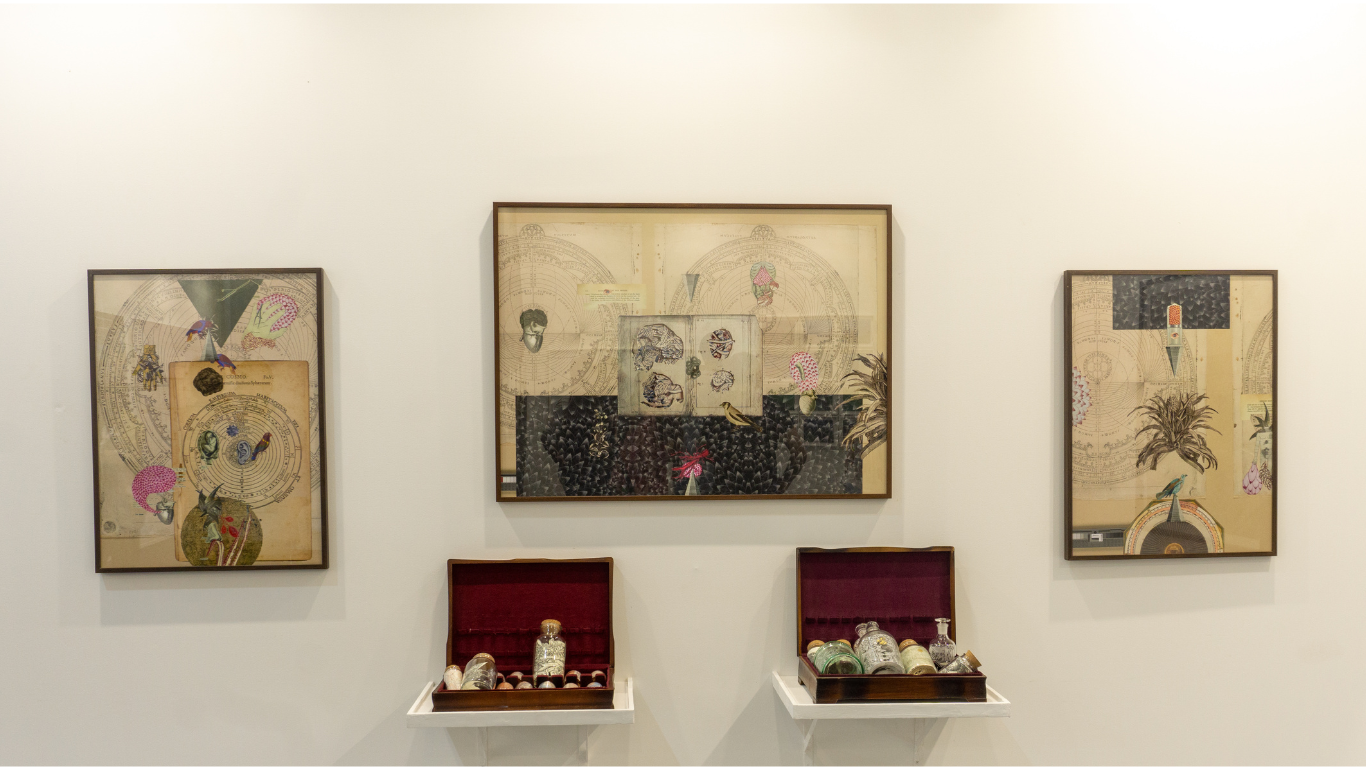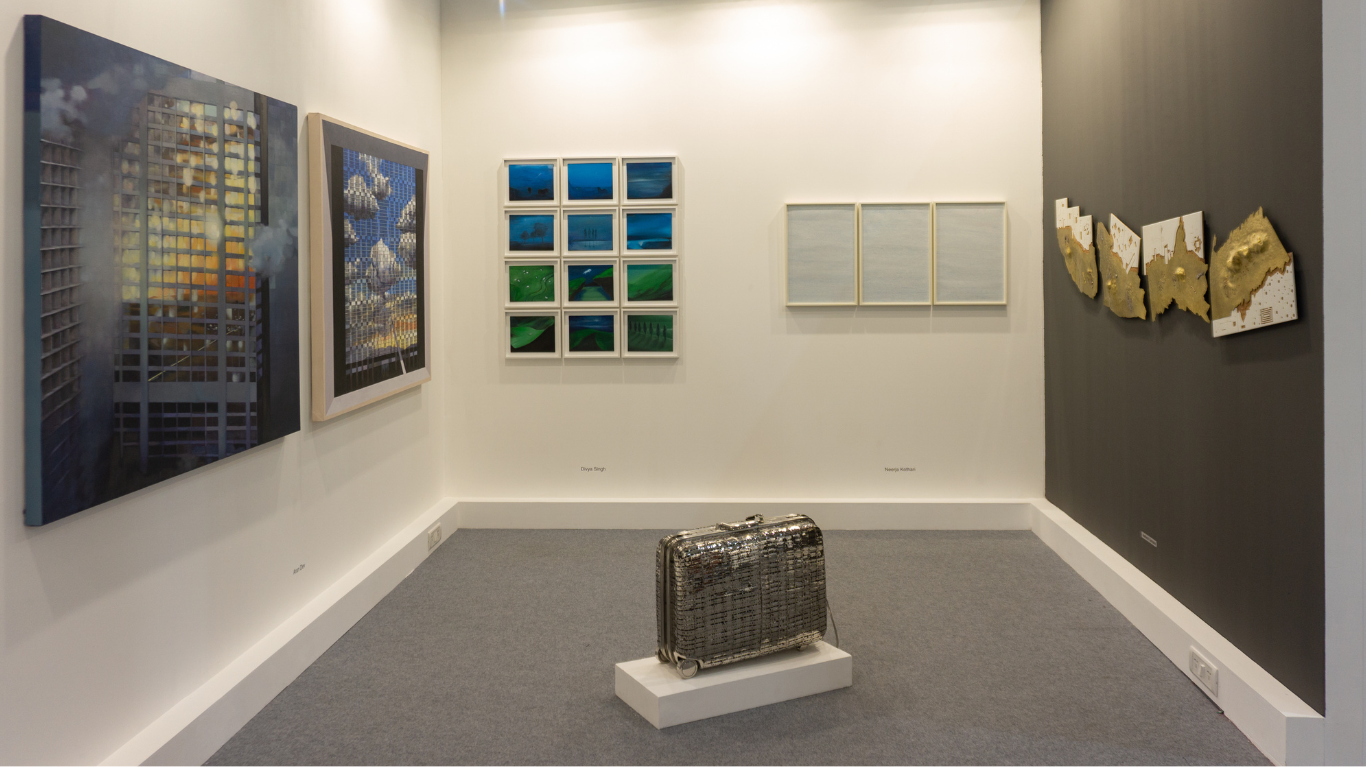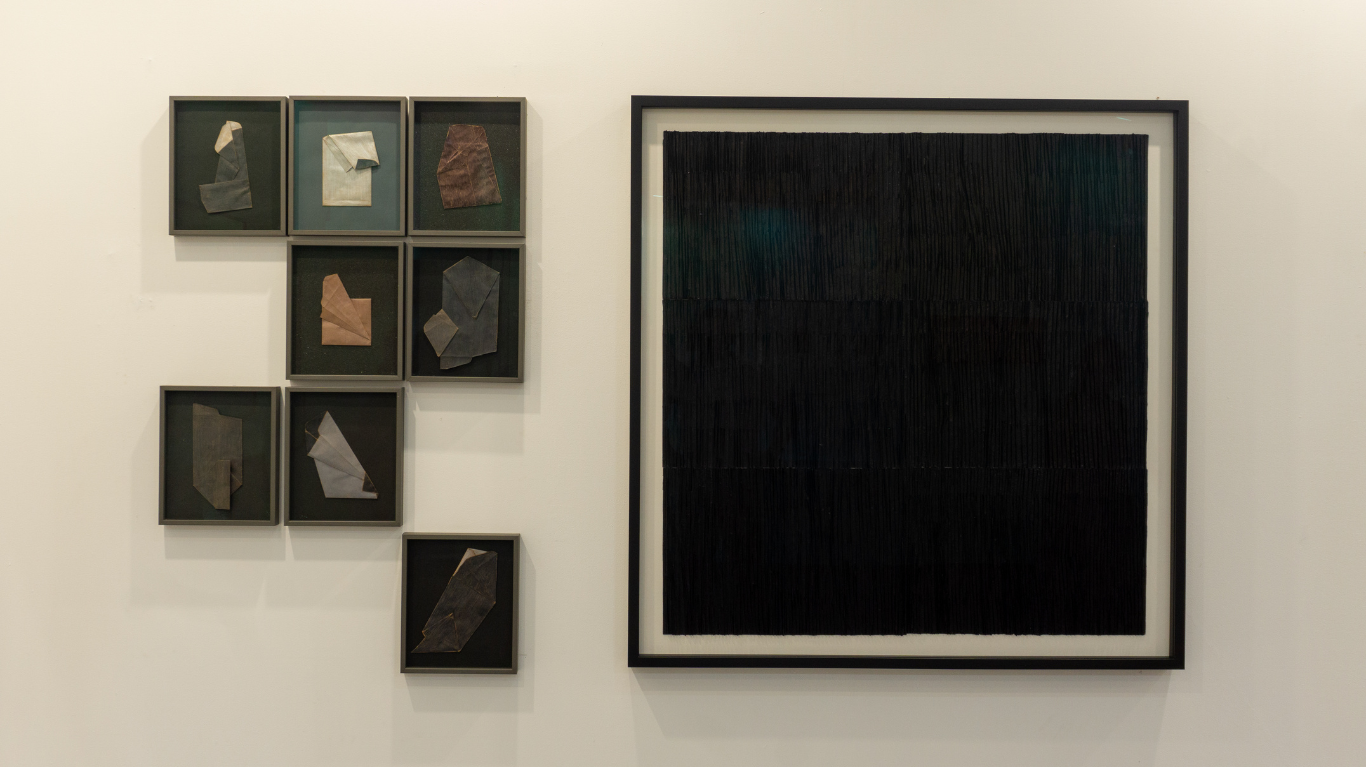-
Exhibitions
-
![Between Earth and Sky: A life in oscillations, afterimages and screenshots]() Between Earth and Sky: A life in oscillations, afterimages and screenshots
Between Earth and Sky: A life in oscillations, afterimages and screenshots
-
![Between Earth and Sky: A life in oscillations, afterimages and screenshots]() Between Earth and Sky: A life in oscillations, afterimages and screenshots
Between Earth and Sky: A life in oscillations, afterimages and screenshots
-
![Weltschmerz and Sehnsucht]() Weltschmerz and Sehnsucht
Weltschmerz and Sehnsucht
-
![holding on to 105142 lines of blue]() holding on to 105142 lines of blue
holding on to 105142 lines of blue
-
![Search for the Empyrean #4]() Search for the Empyrean #4
Search for the Empyrean #4
-
![Redux // Search for the Empyrean #3]() Redux // Search for the Empyrean #3
Redux // Search for the Empyrean #3
-
![Redux // Search for the Empyrean #2]() Redux // Search for the Empyrean #2
Redux // Search for the Empyrean #2
-
![Redux // Search for the Empyrean #1]() Redux // Search for the Empyrean #1
Redux // Search for the Empyrean #1
-
![Mappings, meanderings, tetherings aka Memory Box]() Mappings, meanderings, tetherings aka Memory Box
Mappings, meanderings, tetherings aka Memory Box
-
![Memory Box]() Memory Box
Memory Box
-
![Day and Night (Time keepers)]() Day and Night (Time keepers)
Day and Night (Time keepers)
-
![Pitch Dark Night]() Pitch Dark Night
Pitch Dark Night
-
![The river at the dusk]() The river at the dusk
The river at the dusk
-
![The river at the dusk]() The river at the dusk
The river at the dusk
-
![The seat is always empty]() The seat is always empty
The seat is always empty
-
![The seat is always empty]() The seat is always empty
The seat is always empty
-
![In a span of 15 years]() In a span of 15 years
In a span of 15 years
-
![In a span of 15 years]() In a span of 15 years
In a span of 15 years
-
![In a span of 15 years]() In a span of 15 years
In a span of 15 years
-
![In a span of 15 years]() In a span of 15 years
In a span of 15 years
-
![Untitled]() Untitled
Untitled
-
![Noon (Time keepers)]() Noon (Time keepers)
Noon (Time keepers)
-
![The random soft clouds of thoughts]() The random soft clouds of thoughts
The random soft clouds of thoughts
-
![Voiced: Debris collector – Betrayal I-IV]() Voiced: Debris collector – Betrayal I-IV
Voiced: Debris collector – Betrayal I-IV
-
![My Wedding Suitcase]() My Wedding Suitcase
My Wedding Suitcase
Shrine Empire is delighted to showcase the works of nine artists whose practices are strongly rooted in the South Asian context at the inaugural edition of Art Mumbai from 16-19 November 2023. Through the works of Samanta Batra Mehta, Tayeba Begum Lipi, Anoli Perera, Arun Dev, Shruti Mahajan, Divya Singh, Awdhesh Tamrakar, Sangita Maity and Neerja Kothari, Shrine Empire will be engaging with the themes of community politics, urban migration, gender and identity, memory and nostalgia, erased histories, the sisyphean absurdity of repeated actions in our daily lives, and the temporalities of time and space at large. These themes are set in the current socio-political and socio-environmental contexts of the South Asian nation states and their impact on individuals and communities alike. These works look to respond to, interact with, and even challenge the prevailing conditions, while presenting alternative ways of seeing and thinking as future alternatives. The conceptualization of artists brings forth diverse ideas about community politics, urban migration, gender, the poetry within isolation, absurdity of repetition in our everyday lives and temporalities of time and space at large.
Samanta Batra Mehta’s work frequently addresses displacement and migration as an Indian artist who has lived in New York for over a decade. Her family has been migrating for four generations, therefore her early childhood was spent on a ship or on different continents. Her art investigates what it means to be anchored in a state of movement. Her collections (of antiquarian maps, books, engravings, and vintage objects) and the artworks that come from them provide her with a sense of permanence and points of reference in her moving physical and emotional geographies.
Tayeba Begum Lipi’s practice for decades has been haunted by her childhood memory of assisting to cut the umbilical cords of her older sisters as a child with a gleaming sharp razor blade. She reclaims the razor blade in her practice from its ominous implications as a critical tool that is revelatory of the rigid, unshakable, binary constructions of gender and structural oppression in the every day by reimagining objects associated with femininity and domesticity from razor blades.
Anoli Perera has deployed her work to present contradictory as well as complex narratives that emerge when living in contemporary society, processed through an artist’s perception. Tapping her personal family histories and her own existence in a particular historical moment that allows her to see the extremities of two eras, Perera intimately looks back and forth into memory, nostalgia, dispositions of home/family, mass migrations, borders, women’s space, urbanity and dystopia.
Awdhesh Tamrakar interrogates urban migration and ideas of home through undocumented stories and silent/ silenced histories of disenfranchised and marginalized communities. In his works, the sound of Mathaar -a process of making distinctive patterns by repeatedly striking hammer on copper and brass to make utensils by the Thatera community of Pancham Nagar, Madhya Pradesh holds a great significance. The long muted sound in Pancham Nagar thus whispers again through his Mathaar!
Arun Dev’s brilliant brush strokes create a world on the canvas, which a person might want to live in, but can be only left to imagine. His paintings cross the realms of the real-world paradigm. The artist believes that he paints a world on canvas, but the perspective completely depends on the one who is seeing it. His paintings express human longing for a different world- a parallel universe maybe. His works portray a particular space, where all can be together, sharing and witnessing the same space and time. The concept of time and space reels around in a parallel dimension in his paintings.
Shruti Mahajan’s work responds to complexities of identity, the ambiguous nature of belonging, thinking about memory and nostalgia. Taking various forms, it is a collage of presence and absence, of what is lost and gained, and has filmed the mappable along with indiscernible acts of faith, defiance, and hope. She works between mediums of paper, stationery, cloth, found objects and layered narratives.
Divya Singh’s practice is primarily rooted in painting and explores themes such as isolation, experience, memory and mortality – emanating largely from a poetic engagement with Time. Mediums such as photography, writing, cinema and painting are at the center of her language as a practitioner and have featured as important categories of both work and interest. These varied elements come together within the work and can be seen most distinctly in the artist books made by her, as well as in found imagery which accompanies the paintings and other media during exhibitions.
Sangita Maity has been engaged with indigenous communities of Chota Nagpur plateau for several years in their makeshift settlements over time to understand cultural loss in the process of forced displacement and unlearning of their traditional and sustainable practices as custodians of their land during occupational migration. Series of portraiture, daily living practices, activities around the mineral rich landscape transformed by the mining industry and collective testimonies from the community on their experience with displacement are represented in her visual practice through a variety of media and material that are in dialogue with the material context of the region through innovative and experimental processes. She experiments at the intersections of photography, photo-etchings, serigraphy, and a variety of other practices.
Neerja Kothari’s work deals with the investigation of the absurd. It’s an attempt at trying to quantify an unquantifiable experience. This is inspired by the time spent in physical rehabilitation recovering from motor sensory neuropathy. Every movement that the brain forgot had to be relearned. The process was slow and fragmented. Every movement was broken down to its smallest bit. And then bit by bit the bigger ideas were formulated. The work then emerges as an investigation of larger existential questions.Derived from multiple instances and memories the work becomes an accumulation of time, labor, process, memories, marks and numbers. Each factor plays a part in its own investigation: Like a clock may think it quantifies time, or a metronome might want to quantify music.

































